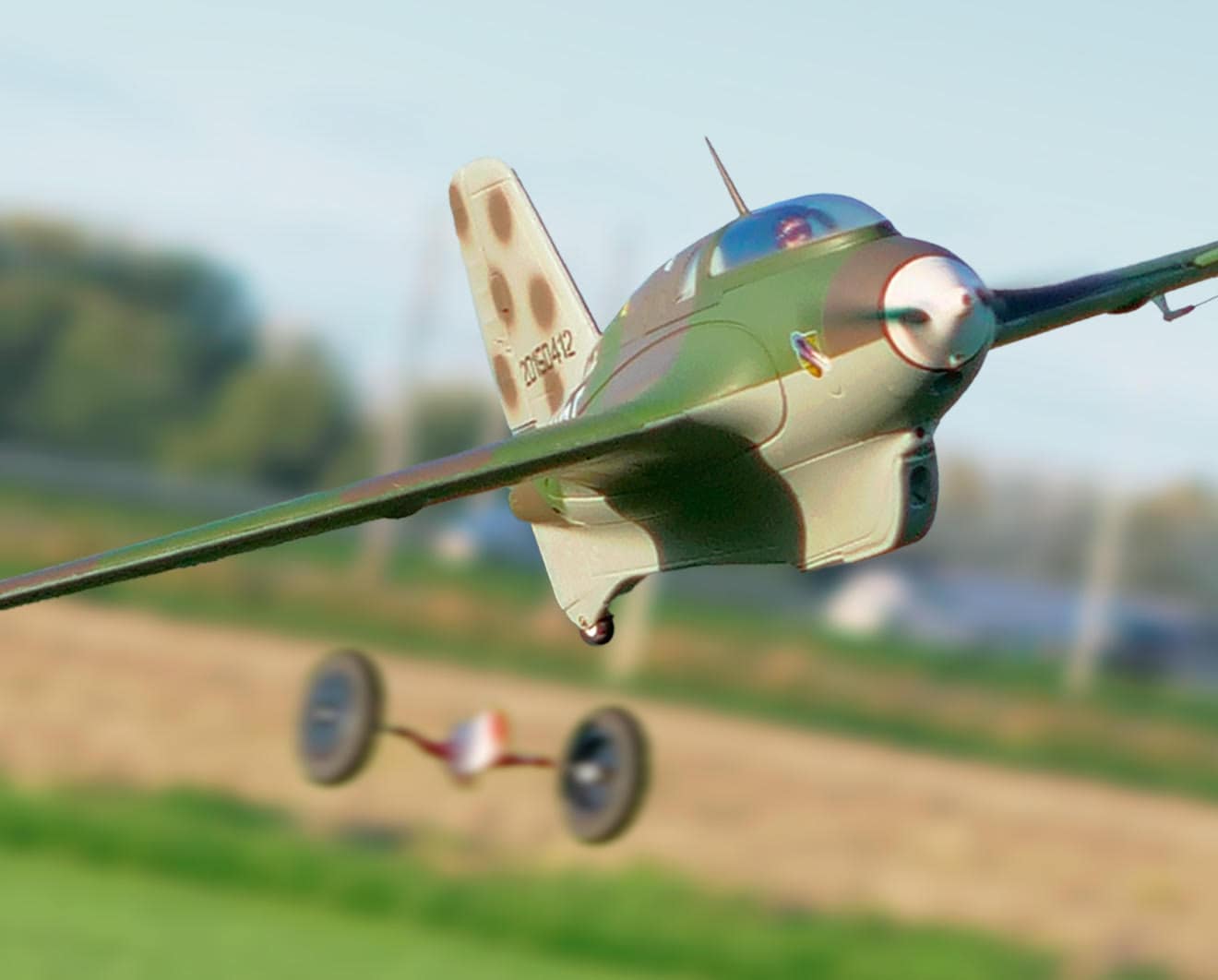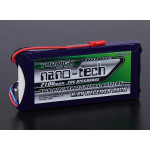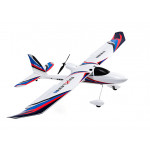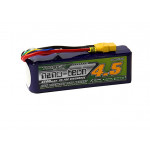
The Durafly Me-163 V2 Optional Gear Release Installation Guide
Our recently released V2 Me-163 has been well received and with more stock inbound and the optional landing gear dolly arriving in stock, seems like a good time to pen a blog not just on the installation of the system, but a little on the history of it too.
The story of the dolly system is as old as the model itself so the best thing to do is start at the beginning, and that would be around early 2014 when the development of the original V1 Durafly Me-163 began in earnest. This was a time when Durafly was redefining itself in the market and there was a push to be as 'scale' as possible with as many features as were practical (the ethos being 'make it scale, but only if it's practical, so we essentially followed the "KISS" system "Keeping it simple stupid"!
And so it was these guiding principles that had us initially scratching our heads for a system that would allow the dolly on the Me-163 to not look like the real thing but operate like it. The looks were easy enough, Durafly is known as one of the most scale brands out there so that came easily, the mechanism for the release took some time, however. First, we considered a servo-operated mechanical lock system like we later when on to use on the bomb release of the Bf.109E, but it was soon decided that with the loads being put upon the landing gear, and a mechanical system with a physical connection would not be up to the task, but then we got to thinking, what if there was no mechanical connection at all...Magnets! This idea we ran with and in no time at all, we had a mock-up on the bench proving the theory and it work. Two magnets in a cylindrical tube mount to a servo, another magnet mounted atop of the dolly, first position magnet No.1 in the cylinder pulls the magnet on the top of the dolly towards it, 2nd magnet in position 2 (using gear switch on Tx) pushes the dolly magnet away as the servo rotates from position 1 to position 2 and it worked, just a little too well in fact.
And this is how we came to simplify the dolly even more so on the V2, we just removed the release system completely! Now taking it back to the V1 for a moment, the trouble is that it worked too well, thought to be fair, it was working exactly as intended (dolly could be dropped on the pilot's command). Now the Me-163 V1 (and V2) is a great flying model and rather scale too, and as such, much like the full size, take-off is one of the more critical moments in flying the model (actually the only one). Now we say "critical" but really that's being a little too theatrical. All that is meant is that at take-off you'd need to concentrate a little harder than normal. Now in the case of the V1, what we found was that during all that concentrating, many customers would forget to release the dolly as the model rotated, or drop it too soon, or much too late and this could either cause an aborted take-off or a lost dolly in the long grass. So what we needed on the V2 was a more automated system to remove the thought process completely and reduce the load on the pilot...Gravity!
In testing for the V2, we knew we had improved ground handling with the addition of the tail wheel in combination with the more widely spaced wheels on the dolly, but how to get the dolly to drop automatically, this is when we really took the KISS approach to heart and simply let gravity do the work. As standard with the V2, the dolly is inserted before takeoff, there is no system holding it in place other than its slot design into the fuselage and gravity, start your roll out apply power and as the model rotates and leaves the earth, the dolly stays behind, thanks to our good friend gravity. It sounds simple and that's because it really, rather is and as often happens, the simplest solutions are often the best.
The gravity-fed system of the V2 was tested and passed with flying colors, however, we knew that some customers would still like to have that control option for the system or would be flying from very bumpy grass where a release system is preferred, and that's why we still made the system optional. This now optional dolly release system is as simple to install as it is simple in concept and if you are interested in fitting it you'll want to check out the video below where Stuart goes into all the details, but for this blog post, we hope you enjoyed this little look behind the curtains and the story of the Me-163 dolly's history and development.
Get the Durafly (PNF) Me-163B V2 "White 10" WWII Interceptor Fighter EPO 950mm
---
Hear it First: Join our Mailing List
Sign up to receive new product updates, exclusive discounts, news, and more!






